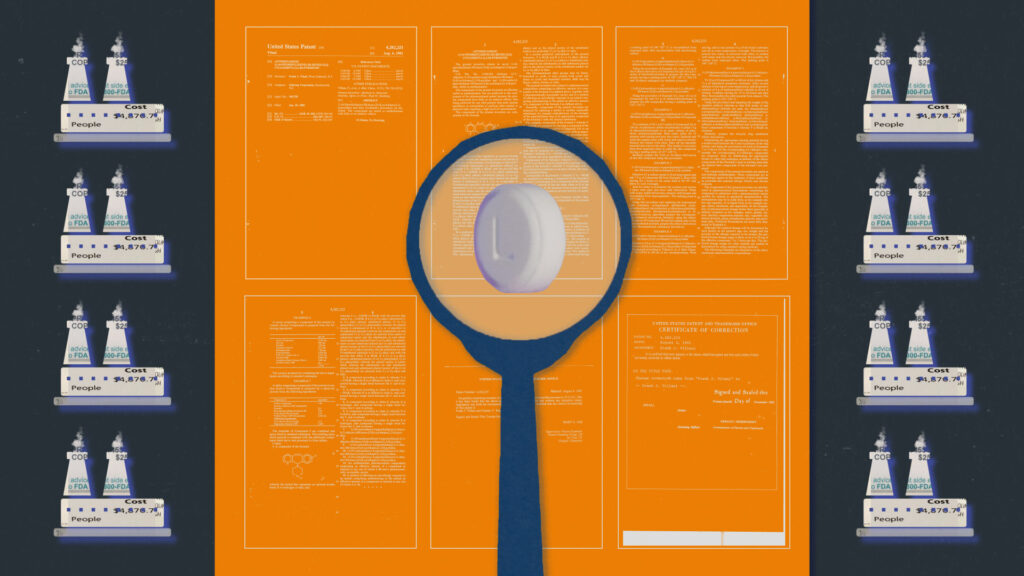This is Part 3 of “Behind the Counter,” an in-depth video series demystifying the complex world of patents and drug pricing.
Discovering a new drug is a big win for a pharmaceutical company, but selling it for lots of money with no competition? The cherry on top. This kind of market exclusivity is only possible because of patents.
advertisement
In this video, we explain how the United States Patent and Trademark Office grants patents to drugmakers. Patent protection incentivizes pharmaceutical companies to invest in costly research and development by giving them an exclusive period of time to profit off their drug after it’s approved.
Without patents, companies might not recoup their investment, leading to fewer new treatments for patients in need. But by granting a mini monopoly, patents allow drugmakers to set drug prices as high as they want during their period of exclusivity, meaning fewer people are able to afford them in the first place.
So when we consider the cost of drugs, we return to a familiar question: How do we fuel innovation while prioritizing public health? Watch for an overview of the longstanding patent system that motivates drug development to occur.
STAT’s coverage of patent issues is supported by a grant from the Commonwealth Fund. Our financial supporters are not involved in any decisions about our journalism.
advertisement

